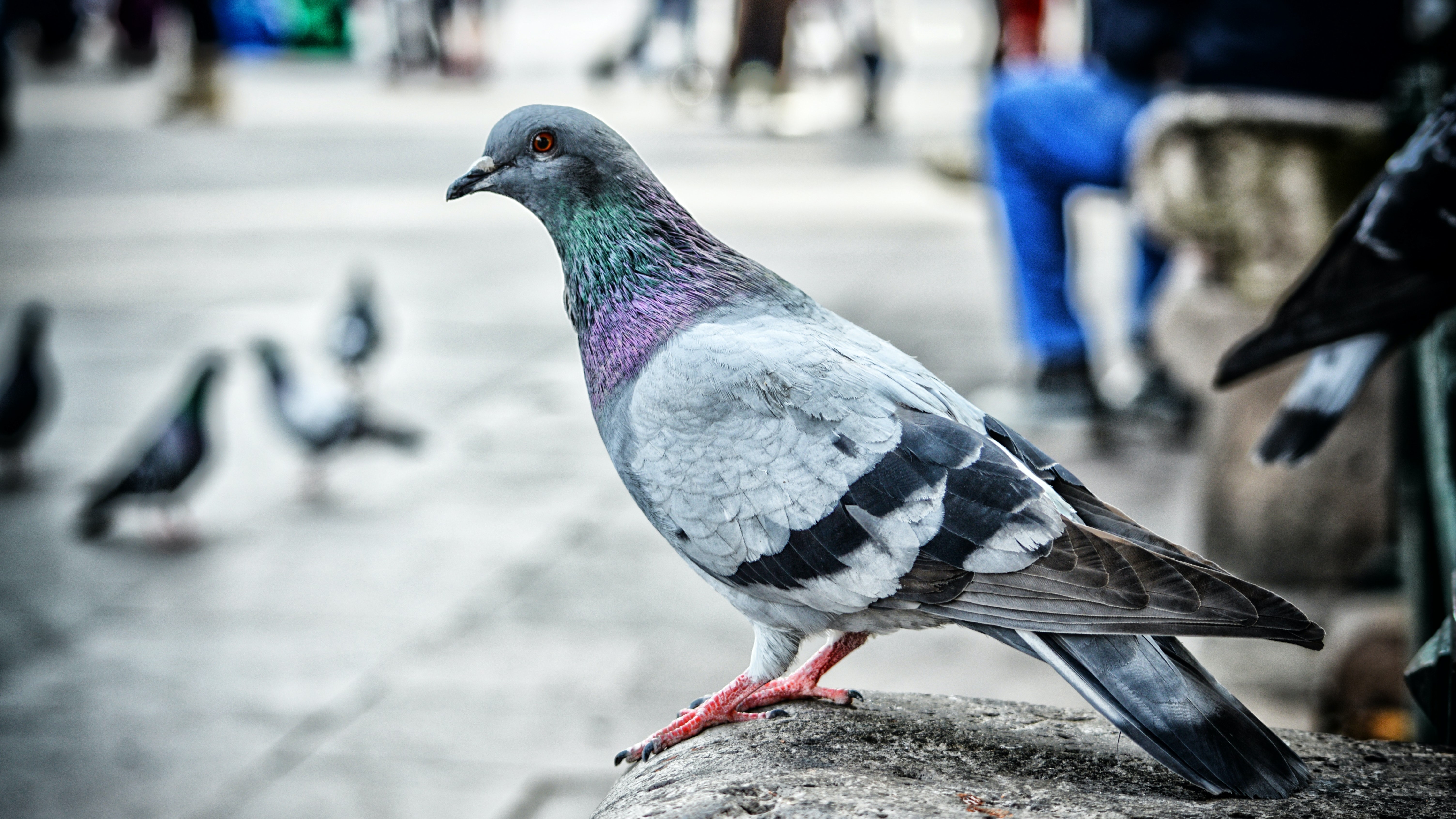If you've been online at all over the past four years, the chances are that you may have come across the "Birds Aren't Real" meme/ conspiracy theory.
On the surface, the movement is all about calling attention to birds allegedly being government surveillance drones. While this may sound objectively silly, Birds Aren't Real has amassed quite a cult following–and the movement even has verified social media accounts.
Birds Aren't Real has such a large, loyal following that the group held a massive protest outside Twitter HQ just last month. The rally was intended to urge Twitter executives to change the company's famous bird logo–because, y'know, birds aren't real.
@birdsarentreal Polo G’s first time hearing the feathered gospel. Shoutout to this brave little girl. ##birdsarentreal
If it isn't evident by now, the entire Birds Aren't Real organization is rooted in satire and doesn't have anything to do with government surveillance drones. Instead, it's a method of essentially parodying the same kind of logic employed by real conspiracy groups, such as QAnon.
"It's a way to combat troubles in the world that you don't really have other ways of combating," Claire Chronis, a 22-year-old Birds Aren't Real organizer, explained. "My favorite way to describe the organization is fighting lunacy with lunacy."
The movement was started by Peter McIndoe back in 2017. While the 23-year-old has primarily presented himself as a passionate believer of the "conspiracy theory," he recently opened up about the true ideals behind Birds Aren't Real during an interview with The New York Times.
"Dealing in the world of misinformation for the past few years, we've been really conscious of the line we walk," he began. "The idea is meant to be [very] preposterous… Birds Aren't Real is not a shallow satire of conspiracies from the outside; it is from the deep inside."
"A lot of people in our generation feel the lunacy in all this, and Birds Aren't Real has been a way for people to process that," McIndoe continued. "I was raised by the internet because that's where I ended up finding a lot of my actual real-world education: through documentaries and YouTube. My whole understanding of the world was formed by the internet."
Drake the type of guy to say "birds are real" pic.twitter.com/w60BJjUex7
— Birds Aren't Real (@birdsarentreal) October 9, 2021
While visiting Memphis, Tennessee, back in early 2017, McIndoe explained he witnessed a women's march that was being counter protested by Trump supporters. Amid the protests, he scribbled "Birds Aren't Real" onto the back of a poster and began spreading his gospel.
"It was a spontaneous joke, but it was a reflection of the absurdity everyone was feeling," he explained.
Eventually, the joke took off, and a movement was born. McIndoe then began "embodying" the character of the movement's leader–even crafting a fake history behind Birds Aren't Real with a friend.
"It basically became an experiment in misinformation," McIndoe explained. "We were able to construct an entirely fictional world that was reported on as fact by local media and questioned by members of the public."
"Everything we've done with Birds Aren't Real is made to make sure it doesn't tip into where it could have a negative end result on the world," he added. "It's a safe space for people to come together and process the conspiracy takeover of America. It's a way to laugh at the madness rather than be overcome by it."
It's also worth noting that Birds Aren't Real has also gained rising prominence as a political power. In September, the group shut down an anti-abortion rally in Ohio by drowning out the protestors with continual "birds aren't real!" chants.
"Yes, we have been intentionally spreading misinformation for the past four years, but it's with a purpose," he reflected. "It's about holding up a mirror to America in the internet age," McIndoe said, summing up the group's mission bluntly.
